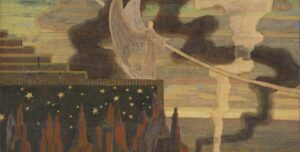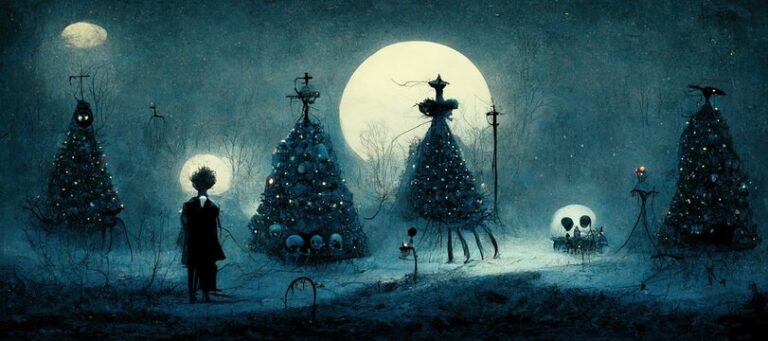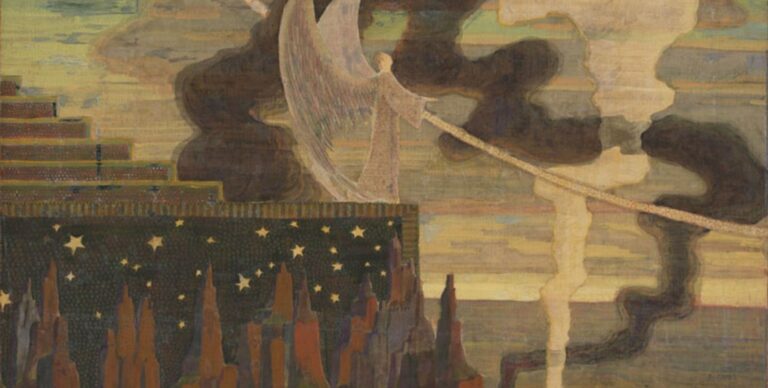Suzanne Jackson is an African-American visual artist, dancer, educator, and set designer. Born in 1944 in St. Louis, she spent her early childhood in San Francisco and her youth in what she defines as “the remote natural environment of pre-statehood Alaska.” Upon returning to San Francisco, she studied painting, theatre and dance, and she never gave any of them up.
In collaboration with Fondazione Furla, the Modern Art Gallery in Milan hosts her solo exhibition Something in the World throughout five rooms that retrace the main stages of her production. It displays thirty-seven pieces, some iconic and some of them have never seen before, including her famous “anti-canvas” works. I recommend it even if you’re not a fan of abstract art, for three main reasons:
- Jackson’s works incite comparisons and intellectually stimulate visitors, especially when they come from such a distant culture as it might happen in the very centre of an Italian city;
- it’s not just abstract works: the most audacious experiments are not up my alley, but her more figurative works are absolutely stunning;
- the setting is amazing, and the ticket includes access the beautiful modern art gallery upstairs. If you’ve never been there, you can’t miss it.
The last point would require an article in itself, but this is not the month I’ll be doing pieces on each permanent collection in Milan, so you’ll have to settle for some pictures.
Suzanne Jackson – Something in the World
Room 1
The first room is a collection of pieces that can better exemplify her “layering” approach, both from a technical point of view and in terms of references, iconography and underlying meaning. It hosts three works from three very different periods: a figurative painting from 1994, an abstract work in acrylic from 2017 and a sculptural work from 2003.
Let me give you an overview.
The first piece is the stunning Maa-Yaa (1994-98), and it was a pleasant surprise as it’s a tribute to the Yorùbá mother goddess Yemọja. To those who have been paying attention, I’ve been neck-deep in researching the Yorùbá culture for years now, as the black characters in the novel I’m writing come from there.
Yemọja is a sea goddess, and she’s a “Great Mother” in the sense that she was a primordial deity, the first to emerge from the waters. She’s not the apex of the pantheon, as that would be the genderless deity Olódùmarè, but she is one of the 399+1 Òrìṣà on their Right Hand Side (the side of good). During the Trans-Atlantic slave trade, she started being syncretized with various manifestations of the Virgin Mary, a practice that helped traditional figures be kept alive despite oppressor’s persecutions of non-Christian worship.
Jackson’s painting, highly intimate and exhibited here for the first time, depicts the goddess against a blue background, with yellow, white and green strokes that sometimes resemble vegetable leaves and sometimes turn into smoke. Her elaborate headdress is a mixture of the traditional lunar head-wrapping and solar strays more connected to the animal kingdom. Her skirt alludes to the Egungun costumes, the attires worn during performances, and if you want to know more about it, I suggest you take a look here.
This work is considered the transition between figuration and abstraction.
The second and third works on display are also experimental ones: both 9, Billie, Mingus, Mon’s (2003) and Singin’, in Sweetcake’s Storm (2017) have entirely abandoned the figurative realm, which means you lose people like me, and materials are the main characters. The first in particular strikes for its usage of garments, nets from produce packaging, and pistachio shells.
Room 2
Nature is the undiscussed main character of the second room, and again, we have works from three different periods. The first one, Idyllwild Leaves, is an arrangement of different paintings done between 1982 and 1984 while the artist went away from the city and lived in a village in the mountains of San Jacinto, California.
It’s a stunning composition, with green being the main character of course but strokes of blue, yellow and red are able to give you the leaves’ exact texture, time of the season and smell.
Nature is expanded in a different way in Triplical Communications (1969), where a female figure is split between the human, represented by her naturally-brown colour, a mirrored nature with red hair and greenish skin, and a hovering spirit. The spirit can be reached only through nature, which is a powerful message in itself, and yet the three figures are intimately intertwined. The composition is asymmetrical and yet balanced, both in terms of geometry and in terms of colour: the three aspect aren’t completely separate, and there’s a human side to nature just as much as the spirit is seeping through both material figures.
The third work in this room is again an abstract one, Some things in the world (2011), and nature is channelled through materials: this large work, exhibited for the first time, uses recycled materials such as “bogus paper” from a theatre set, as an alternative to canvas.
Room 3
The room is dominated by a monumental tryptich, A Black Man’s Garden from 1973. The floating figures are humans, animals and plants, and all have both a natural and a spiritual quality, with the woman splitting into a mysterious double figure that’s evidently pregnant only in one of the two manifestations. One of the vegetable figures seems to be springing from the black man of the title — or is he crushing its roots? — and celestial figures surrounding him remind us of both the moon to his right and the sun to his left. He faces the woman, who both faces him and turns her back on him, but nature also exists independently from him: the yellow heron on the left panel is clearly minding its own business and living its best life.
The painting is paired with one from twenty years later, Joan’s Wind from 1997, which is again both figurative and abstract: experiments with materials are coupled with multiple figures sketched with graphite and a figure in particular, identified with Joan of Arc by the author herself, stands against an orange background. We can also recognise a leaf and a figure that looks like an eye, both in negative on the thickly painted swirls of colour.
The ‘white-eyes’ shift (2022) is the third and last piece in this room, and is considered the peak of abstract painting, leaning towards the self-supporting “anti-canvases”.
“Maybe my work is too subtle or something?
I think it reflects who I am culturally.
Someone made the comment that it’s not black enough.”
– S. Jackson to ArtNet
Room 4
The theme of the last room is sculpture and, as such, it’s filled with recent works:
- the Red Top (2021), with salvaged roof tiles;
- Quick Jack Slide (2021), wrapped around a wicker chair;
- and the previously unseen Future Forest (2023), created especially for this exhibition.
They’re proper sculptures, paint is just a skin, and they’re not my piece of cake, though ineluctably powerful: I’ll just give you a panoramic view of the room and some close-up pictures, so you’ll be able to judge for yourselves.
Room 5
The last room is again a mixture of the old and the new, of the figurative and the gloriously sculptural: both Rag-to-Wobble (2020) and Deepest ocean, what we do not know, we might see? (2021) are anti-canvases hanging from the ceiling.

On the walls, though, two smaller and more delicate pieces: Something New (1969) is the delicate depiction of a bird balancing an anatomically-correct heart while extending a vegetable branch to a more abstract one, while Baby Kiss (1982) offers us a red-haired woman joining her mouth with an abstract, redder figure like a bird or, possibly, a spiritual flame. She’s attired with strokes of the brush, like the Yemọja in Room 1, thus bringing us full circle.

























No Comments